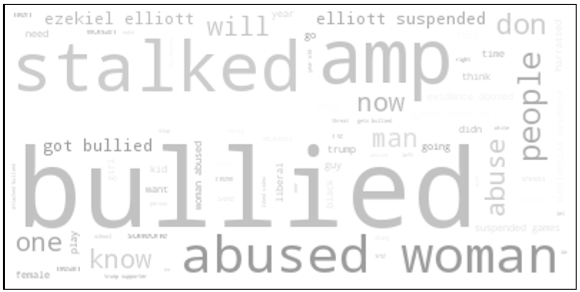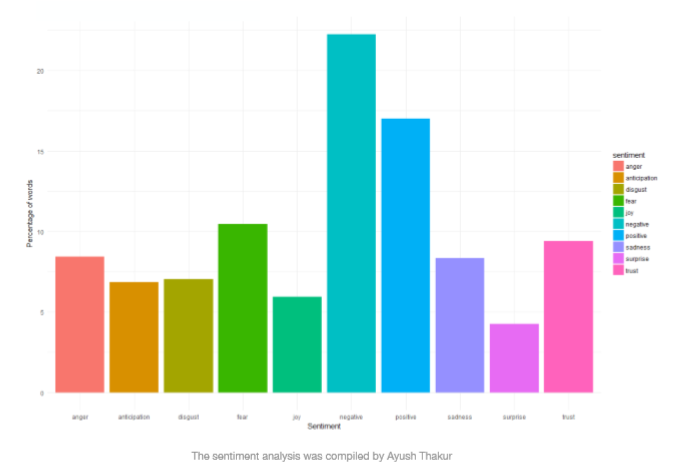Talking about harassment in the digital public space

Adriana Rakshana is a third year Economics and Public Policy Studies major at the University of Chicago with interests in economic development as well as gender and labour issues. She would like to broaden her understanding through such research and learn more about the issues that plague women as well as other lesser fortunate communities in the current day and age. When she is not in class, hanging out with her few friends or sleeping, she can be found searching for the spiciest food in Chicago or dousing her food in Sriracha sauce in order to remedy the lack of spice in most food in the country.
Talking about harassment in the digital public space
Safecity analysed tweets which were collected for 12 hours twice using twitter’s API, specifically for phrases related to harassment with phrases such as ‘stalked by’, ’got harassed’ ,’rape threat’ ,’being harassed’, ’abused.‘ Analysing the data collected, we can try to come to a conclusion about whether people are more open to discussing harassment online rather than in person given the internet, in our case, Twitter, would also be considered a ‘public space.’
The analysis shows that about 32% of such tweets were from the US whereas around 1.3% of the tweets were from India. This suggests that people in the US engaged more with twitter in order to discuss harassment in the public sphere. There are a number of reasons why people are more open to discussing sensitive issues online rather than real life places. They might be hoping to reach a larger audience with their account to provide support to those who may have had similar experiences. There also might be a fair amount of people who may offer support that may help them cope and offer helpful suggestions to deal with their circumstances.
However as mentioned, the case is slightly different in India, where Huffpost found that 848 indian women are harassed, raped and killed everyday which implies 424 cases in the 12 hour collection period. The data analysis found that only 7 tweets were made relating to sexual harassment, thus, a mere 1.6% of the total sexual harassment cases are discussed online. On the other hand, the Indian National Bar Association (INBA) found that 38% of their research participants said they had faced harassment at the workplace. Of these, 31% complained about it. The parallel analysis for the USA found that 441 Americans were sexually assaulted every 12 hours and 174 tweets were made relating to sexual harassment, i.e. 37% of the total cases are discussed online. On the other hand, with regards to registering complaints, according to National Crime Victimization Survey, only 20% of sexual assault cases are reported to law enforcement. Thus, we can infer that women in USA are more open to sharing their experiences online compared to formally registering a complaint with law enforcement and women in India are more likely to register a formal report as opposed to sharing their experience online.
It is important to note that the US data for discussing harassment on a real life platform was the National Crime Victimization Survey whereas for India, it was Indian National Bar Association’s analysis of workplace harassment specifically. There are also different online public spheres that may provide more insight however Twitter is the most accessible for such analysis, thus used for this analysis.
Overall, people discuss harassment on different platforms depending on their comfort levels, be it online through Twitter or through formal complaints.
Opinions are of the writer.





